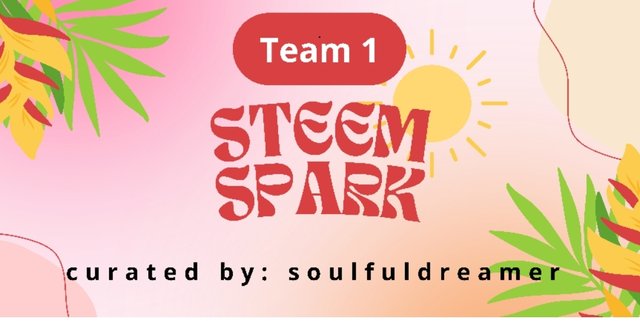Redefining Humanitarian Aid through Sustainable Design - Part 02
I'm sure you all must be wondering, after reading the first part of this series, how I managed to create something for the refugees. So here I am, to share with you the entire process and how the collaboration came together.
After visiting the flood victims and witnessing their living conditions firsthand, I knew I wanted to create something multifunctional to address more than one of their needs. The main challenge was that we had to make these products from blanket waste provided by Nizam Industry. The first step was to visit their factory, feel the fabric, and assess it so we could design the product according to its nature.
For this purpose, we had to visit Nizam Industry, located in Shershah, Karachi, which is about a one-and-a-half-hour drive from our house. My team and I took a cab and used Google Maps to navigate our way there. Upon arrival, we were warmly welcomed and escorted to the waiting room.
After 5 to 10 minutes, the director and managers arrived, and we had a productive meeting with them. They then provided us with a detailed tour of the factory, explaining the entire process of fabric production and showing us the specific fabric we would be working with. It was such an informative tour, and we learned a lot. After the tour, they offered us refreshments before we departed.
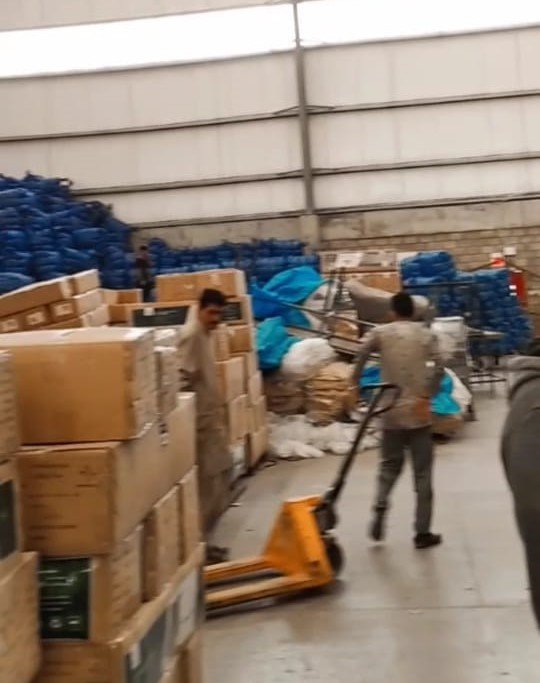
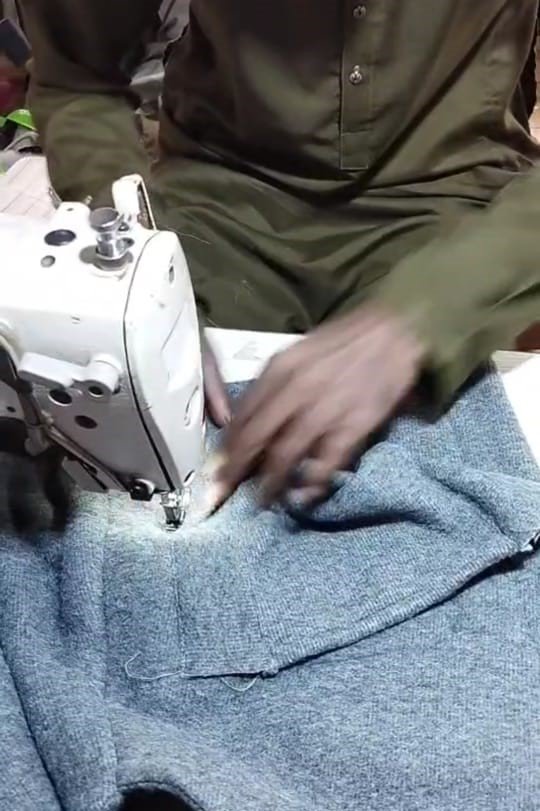
After the visit, we had a virtual meeting with the Closed Loop Fashion team. We discussed our thoughts about the fabric and shared our design ideas. Given that the fabric was knitted, I initially thought of making a jacket but wanted to create something multifunctional. After a lot of brainstorming, I came up with the idea of a convertible jacket that could also be used as a bag. This design would address two needs of the refugees: providing protection from the elements and serving as a convenient way to carry their belongings when not in use.
Once I had the design idea in mind, I created an illustration and shared it with the Closed Loop Fashion team. After discussing and finalizing the design with them, it was time to make a prototype. They asked us to complete a prototype in the coming months, after which they would visit us to review it.
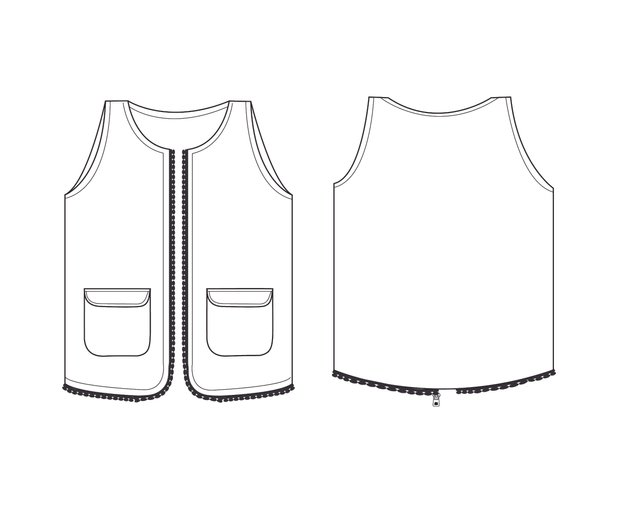

We asked the team at Nizam Industry to send us all the waste fabric so we could start working. After receiving the materials, we went to a stitching unit and began bringing our designs to life. My design was a sleeveless vest jacket that could be easily converted into a bag. I aimed to make the transition as simple as possible to ensure it would be user-friendly for the refugees. By just zipping the jacket completely, it would transform into a bag.
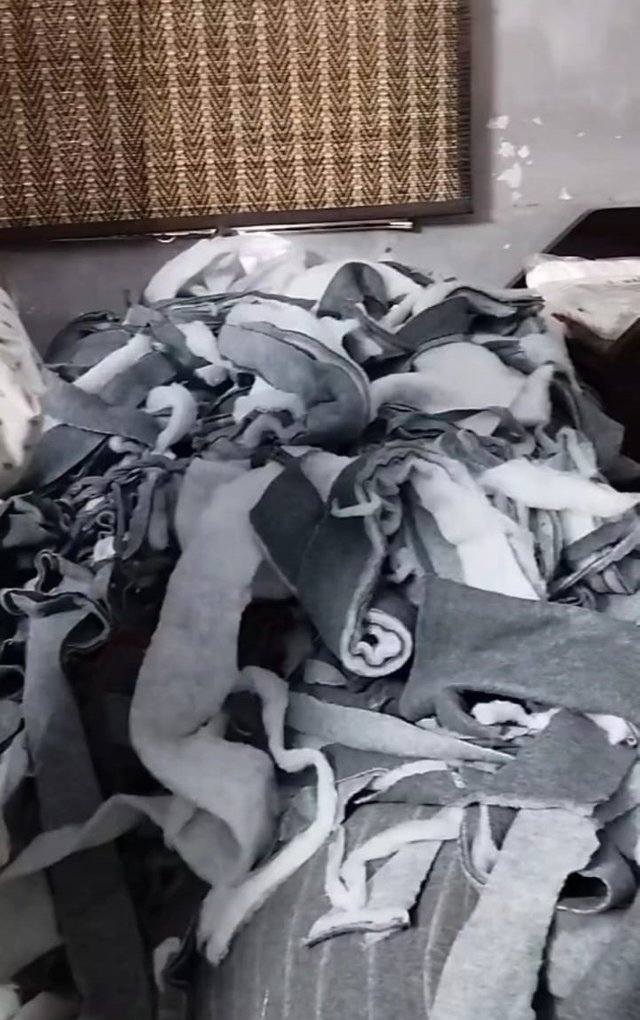
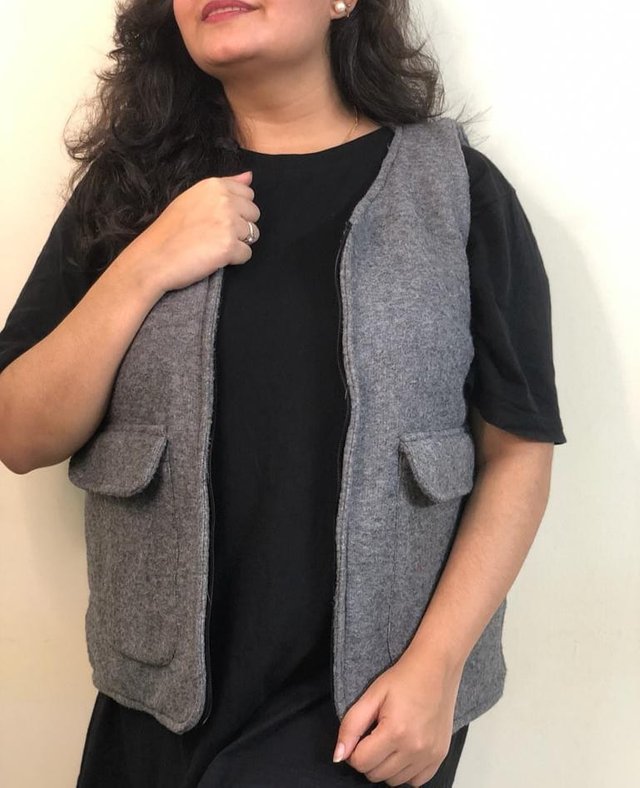
.jpeg)
Bringing my design to life was such a joyous moment; it turned out just as I had envisioned. With the prototype completed, we now had to wait for the team to visit Pakistan. But that's a story for the next part of the series. Let's conclude this chapter here.
I hope you enjoyed reading this as much as I enjoyed the process of creating it. Thank you for reading!
Regards,
@hamnahghauri
